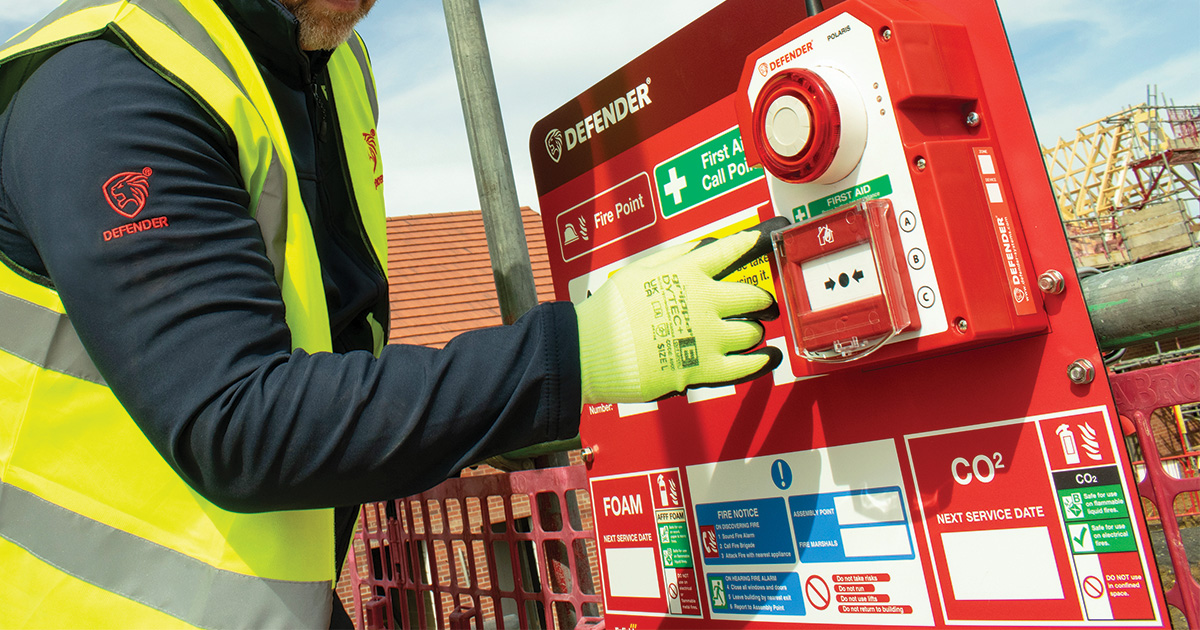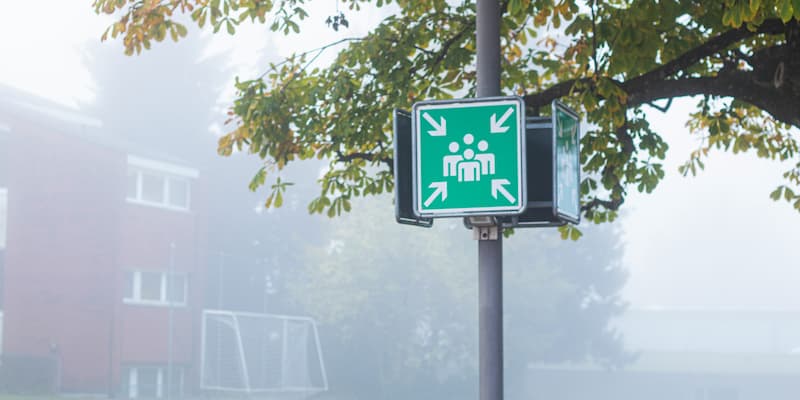

At Defender, we are dedicated to making safety inclusive and accessible for everyone. This commitment is reflected in our advanced fire detection systems, compliant evacuation strategies, and responsible training and maintenance. Our primary objective is clear: every individual on site should be able to evacuate safely during an emergency.
Although a General Emergency Evacuation Plan (GEEP) is mandatory for all occupants, individuals with additional needs require more customised support. This is where Personal Emergency Evacuation Plans (PEEPs) play a crucial role.
A Personal Emergency Evacuation Plan (PEEP) is a tailored strategy created for those who might struggle to evacuate on their own or within a safe timeframe during an emergency. This includes arrangements, support, or equipment needed to help them reach safety.
Under the Regulatory Reform (Fire Safety) Order 2005, the responsible person (usually the employer or building operator) is obligated to ensure that every person needing assistance has a PEEP established as part of their fire risk assessment responsibilities.
A PEEP is required for anyone who may need additional assistance during an evacuation. This can include both permanent and temporary needs.
A good rule of thumb: if a person cannot evacuate promptly and unaided, a PEEP is needed.
Each PEEP must be developed in collaboration with the individual and tailored to the specific environment. While every plan is unique, a structured process should be followed:
Consult employees, visitors, and regular occupants to determine if additional evacuation support is needed, either permanently or temporarily.
Consider layout, stairwells, lift access, and refuge areas. Escape routes must be clearly signed and maintained in line with fire safety standards.
This should include:
The individual must understand their role in the plan. Staff involved should receive appropriate training, including on how to use evacuation equipment safely.
Carry out regular drills and ensure the PEEP is documented, filed, and reviewed at least annually or sooner if the individual’s needs or the building layout change.
Download your free PEEP checklist.
Evacuation plans are only as effective as the people implementing them. Fire marshals and responsible personnel must receive specific training, including how to assist others and operate equipment like evacuation chairs or refuge alarms.
These fire-resistant spaces provide safe waiting points while assistance is arranged. Refuges should:
Escape routes must remain clear, accessible, and operational at all times. Fire doors should be easy to operate from both sides and equipped with compliant security hardware, which Defender can install and maintain.
Standard lifts are generally not considered safe for evacuation unless risk-assessed and proven to offer equivalent safety to an evacuation lift. In most cases, Defender recommends the use of evacuation chairs, which our team can supply and provide certified training for.
Blind or partially-sighted persons should receive orientation training on exit routes. If they use a guide dog, the dog should also be trained on these paths.
Deaf or hearing-impaired individuals may require visual alerts, such as flashing alarms or vibrating pagers, when alone.
PEEPs are not just a legal requirement; they’re an essential part of an inclusive, people-first fire safety strategy. At Defender, we supply not only the compliant systems to support safe evacuation, but also the knowledge and equipment to help ensure no one is left behind during an emergency. Inclusive Fire Safety is Smart Safety.